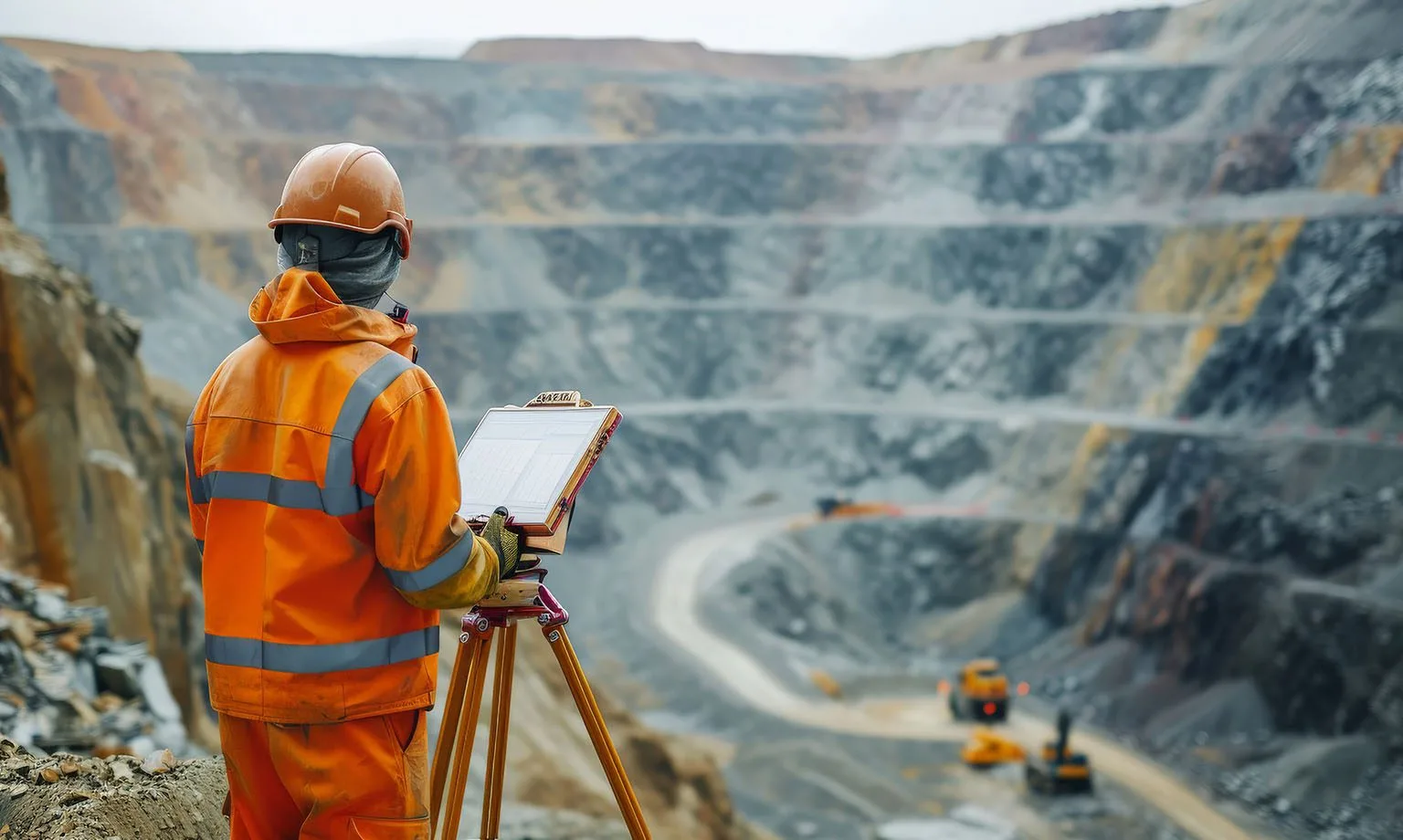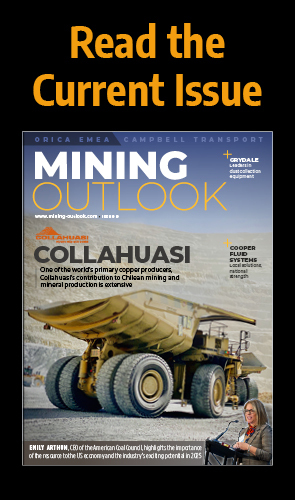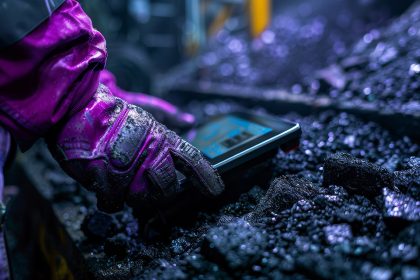We revisit Kansanshi Mining Plc with an update on its S3 Expansion Project, which is on track for completion in mid-2025 and expected to transition the mine into a medium-grade, larger-scale operation.
CORNERSTONE COPPER OPERATION
The Kansanshi copper-gold mine, located near Solwezi in the North-Western province of Zambia, has been the flagship operation of First Quantum Minerals (FQM) since it was brought into production in 2005.
FQM has an 80 percent stake in the mine, which is operated by its subsidiary, Kansanshi Mining Plc (Kansanshi), with the remaining 20 percent owned by the Zambian government.
Producing more copper than any other mine in Africa, the Kansanshi mine has been a cornerstone FQM asset for almost three decades.
Economic copper and gold mineralisation occurs at the Kansanshi mine in three ore types – primary sulphide, mixed supergene, and oxide.
Kansanshi carries out conventional open pit mining methods at the mine, employing hydraulic excavators and a fleet of haul trucks. Ore treatment is flexible in order to allow for variation in ore type, either through an oxide leach circuit, a sulphide flotation circuit, or a transitional ore ‘mixed-float’ circuit.
Sulphide ore is treated via crushing, milling, and flotation to produce copper concentrate, whilst mixed ore is treated through a similar circuit. A high-pressure leach (HPL) facility treats a portion of the copper concentrate produced from both the sulphide and mixed ore circuits.
Oxide ore, meanwhile, is treated via crushing, milling, flotation, leaching, and a solvent extraction and electrowinning (SX/EW) process, producing a gold-bearing flotation concentrate as well as electrowon cathode copper.
Copper is recovered by oxidation and leaching in autoclaves; gold is recovered from HPL residues via an acid-resistant gravity concentrator.

IMPORTANT MILESTONE
Last featured in 2022, one of Kansanshi’s main objectives at the time was to continue discussions with key stakeholders to pave the way for an expansion of its mine operation.
Evidently, those discussions were successful, as later that year FQM announced its Board of Directors had approved the expansion of S3, the Kansanshi mine’s third and largest sulphide processing line.
The S3 Expansion Project, which is a key part of the company’s brownfield growth strategy, will double copper production at the site and extend the life of mine for another two decades.
The project reflects FQM’s increased confidence in the Zambian investment climate and marks an important milestone towards responsible growth in the production of metals, such as copper, that are needed for the global green energy transition.
Indeed, because copper is a highly efficient conductor of electricity and heat, it is commonly used in renewable energy systems to generate power from solar, hydro, thermal, and wind sources.
Copper also helps to reduce CO2 emissions, lowers the amount of energy needed to produce electricity, and is one of the few materials that can be recycled over and over again without losing performance.
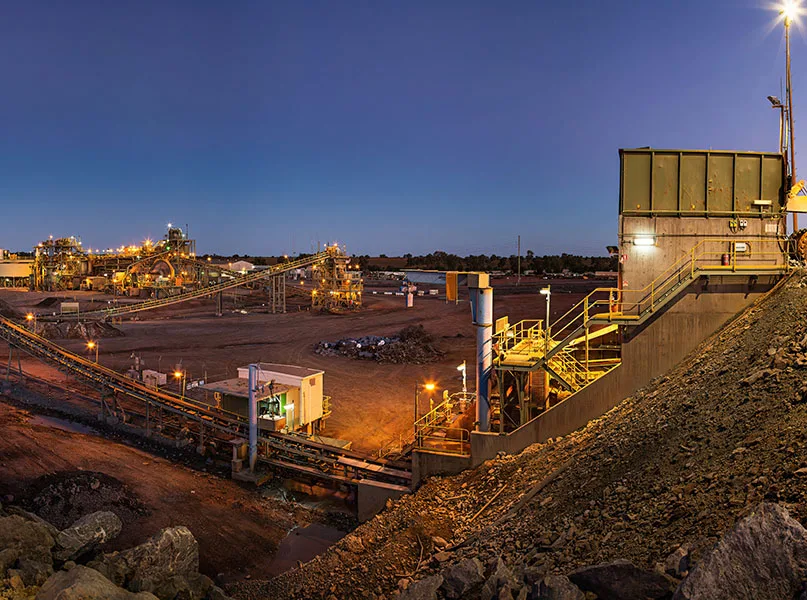
LARGER-SCALE OPERATION
The S3 Expansion Project is the future of Kansanshi and expected to transition the mine into a medium-grade, larger-scale operation that will be more appropriate for the higher proportion of primary, lower-grade sulphide ores at depth.
Once finished, it will comprise a standalone 25 million tonnes per annum (Mtpa) processing plant, additional gold concentrator capacity, and a new overland conveyor to feed the plant.
Construction is well underway and continues to focus on the assembly and installation of major components such as a 28 megawatt (MW) semi-autogenous grinding (SAG) mill, 22MW ball mill, and primary crusher.
Deliveries of such long-lead items continue to be received, including the last major delivery of flotation cells, whilst work has also begun on the configuration of the plant control system.
With project completion and first ore production on track for mid-2025, the Kansanshi mine is expected to produce approximately 250,000 tpa of coal for the remaining life of mine.
The expansion also includes a new, larger mining fleet that will use ultra-class equipment and benefit from new electrical loading and drilling equipment, along with the extension of the current electric trolley assist infrastructure.
All in all, the SC3 Expansion Project upgrades will increase Kansanshi’s total annual throughput to an impressive 53 Mtpa.
In parallel with the expansion of the mine and processing facilities, there are plans to increase the throughput capacity of the Kansanshi mine’s smelter from 1.38 Mtpa to 1.65 Mtpa of concentrate, which will enable the smelter to produce over 400,000 tpa of copper anode.
Commissioned in the first half of 2015, the smelter has optimised the value of the copper produced at the Kansanshi mine and created hundreds of specialist jobs.
It efficiently traps 100 percent of sulphur dioxide by-product and converts it into sulphuric acid, which is neutralised in the leaching circuit, reducing reliance on imported acid for use in the treatment of oxide copper ores.
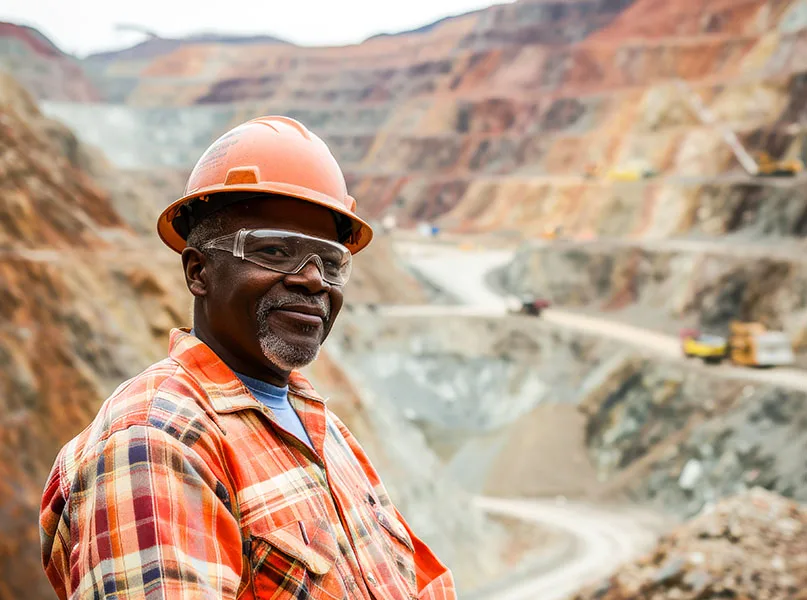
ACCELERATED INVESTMENT
2024 marks a rapid acceleration in the investment programme for the Kansanshi mine’s S3 and smelter expansions, with FQM proud to be investing over USD$800 million this year.
Financing for the expansion has been raised from capital providers globally, with the investment programme representing a major inflow of funds into the Zambian economy.
Indeed, this growth will bring value to surrounding communities, local suppliers, employees, and the people of Zambia as a whole.
The S3 Expansion Project underlines the continued standing of FQM as the largest private sector employer and the greatest contributor to corporate social responsibility (CSR) in the Zambian mining industry.
Power for the project, for example, will be predominantly supplied from renewable sources, including existing hydropower within Zambia, as well as potential wind and solar power projects under consideration by third parties.
The Zambian power crisis, exacerbated by drought, has posed significant challenges to the mining sector. FQM has responded by securing alternative power sources, particularly from regional suppliers through the Southern African Power Pool, a strategic move that has mitigated disruption and enabled the continuation of operations at Kansanshi.
Despite these continued electricity challenges, Kansanshi’s financial performance for the first half of 2024 was boosted by higher copper prices and improved ore grades.
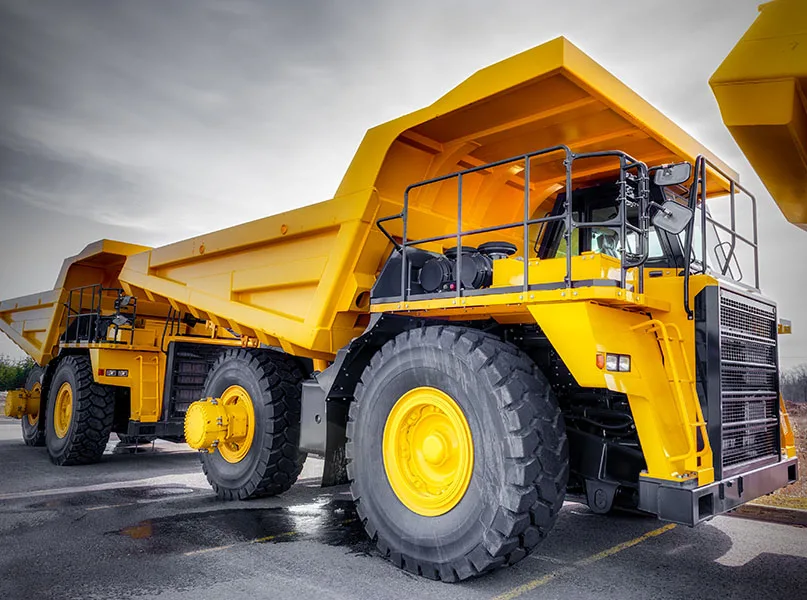
SUPPORT FOR EDUCATION
Through Kansanshi, FQM also recently supported the education sector in Solwezi by donating mattresses and beds to St. Mary’s School for pupils with special educational needs, a generous contribution further enhanced by the distribution of computers and desks to various schools within the district.
In a bid to bolster government efforts in providing clean, safe drinking water and improving sanitation, the company has also handed over an ablution block and water reticulation system to Mbonge Primary School, aimed at enhancing the living standards of the local population.
Kansanshi has been commended by the Zambian government for its unwavering support of the education sector in Solwezi and the wider community surrounding the mine operation.
The Kansanshi Mine2Mine cycling race, meanwhile, serves as a shining example of the company’s dedication to community well-being, sports development, and CSR.
By embracing diversity and promoting inclusivity, the mine continues to make a positive impact on the lives of its employees, their families, and the surrounding communities.



